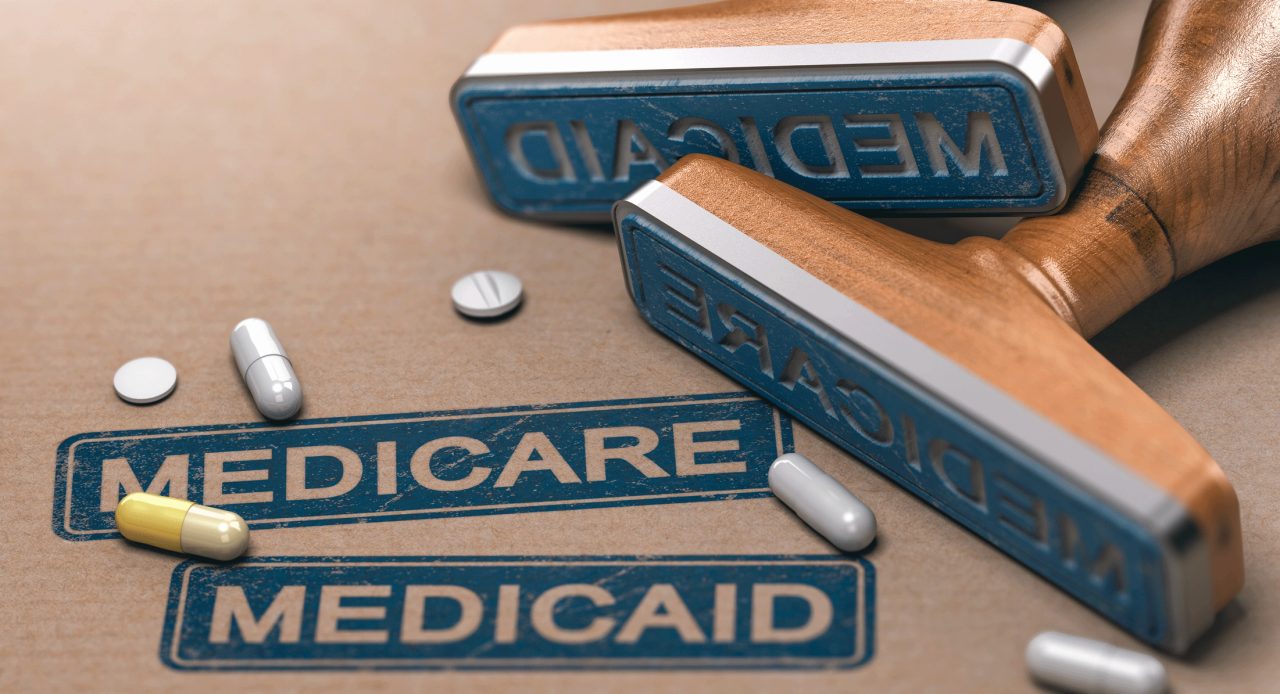How Do Medicare Prescription Costs Compare to 2019 Prices?

Your total Medicare prescription costs depend on several factors, including changes made by Congress. Here’s why some Medicare drug costs are higher this year.
When it comes to exactly how much Medicare prescription drug costs will add up for you personally this year, there are several things to consider. For starters, it depends on the type of prescription drug coverage you have under Medicare. In addition, there are also Medicare changes made by Congress, now in effect under current law, resulting in some Medicare prescription drug costs being higher in 2020, compared to last year.
To find out how Medicare prescription costs compare to 2019 specifically, you first need to understand that Medicare prescription drug coverage is an optional benefit. While it is offered to everyone who has Medicare, if you don’t opt for a prescription drug coverage plan, you must pay an ongoing penalty every month (unless you have other prescription coverage through work or qualify for extra help because of low income), which is deducted from your Social Security payment. So, the vast majority of Medicare enrollees do have some form of medication coverage, with various costs, unless they still have coverage from an employer or an LES (low-income subsidy).
Your prescription costs are tied to the Medicare prescription drug plan (Part D) you choose or the cost of a Medicare Advantage Plan (Part C), which is much like an HMO or PPO and includes drug coverage. The cost of your specific plan, the amount you pay for medications, and which drugs are covered can vary quite a bit.
Medicare, however, does have various requirements for Part D and Part C drug coverage, which help limit drug costs, including a cap on what the standard deductible can be. In addition, a person must pay out-of-pocket for a certain amount of drug costs before they enter a “catastrophic threshold,” marking the stage when Medicare begins paying a large percentage of prescription costs.
These factors can fluctuate a little, or a lot, from year to year, depending on changes made by Congress. Those changes impact the total prescription cost Medicare beneficiaries have to pay.
YOU MIGHT ALSO LIKE: Changes to the Medicare "Donut Hole" in 2020
Understanding Medicare prescription costs changes in 2020
Throughout the year, your prescription drug plan costs change depending on which of these coverage stages you are in — the deductible, initial coverage, coverage gap, or catastrophic coverage stage.
To find out how Medicare prescription costs compare to 2019, you need to look at the changes in Medicare in 2020 that affected prescription coverage costs from last year in several of these stages. The result is higher prescription costs in some stages and potentially lower costs in others.
How Medicare prescription costs in each stage compare to 2019
If you have Medicare drug coverage with a deductible, you must pay the full cost of your prescription drugs until you reach that deductible, and that will likely mean higher out-of-pocket prescription costs in 2020 than 2019 for you. Here’s why: Although it’s a small difference, the standard deductible under Medicare Part D has increased from $415 in 2019 to $435 in 2020.
After you reach your deductible limit, you move into the initial stage of your Medicare drug plan. During this time, your plan pays for a portion of the price of each prescribed medication (if the drug is covered under a list of drugs known as the plan’s formulary). You pay the rest of the cost, depending on your specific coverage.
This stage continues until the total cost of prescription drugs (the amount you and your drug plan paid) equals the initial coverage limit, an amount Medicare sets every year. In 2019 that amount was $3,820; it increased in 2020 to $4,020.
The next step, after you reach the $ 4,020 benchmark, is the coverage gap phase, which replaces the dreaded "donut hole" of past years. Before being phased out in 2020, reaching the “donut hole” meant you were responsible for all of your drug costs until you reached the final, catastrophic coverage stage.
Now, Medicare drug plan beneficiaries are required to pay 25 percent for the costs for both generic and brand-name drugs while in the coverage gap. However, in 2020, Medicare enrollees are facing a relatively large increase in prescription drug costs before they qualify to move out of the coverage gap stage and receive catastrophic coverage, a Medicare benefit report by the Kaiser Family Foundation (KFF) points out.
To reach the catastrophic stage — where Medicare covers the majority of your drug costs — you’ll now have to spend $6,350 out-of-pocket on covered drugs. This is a spending threshold increase of over $1,250 from 2019.
Once you move into the catastrophic stage, your Medicare drug plan and the government pay for about 95 percent of covered prescription drugs, while you pay a low co-pay amount set by Medicare.
In 2020, you’ll pay $3.60 for generics and $8.95 for brand-name drugs in the catastrophic stage. This is a slight increase in prescription costs from 2019, when the co-pay in the Medicare catastrophic stage was $3.40 for generic medications and $ 8.50 for name-brand drugs.
Updated:
August 19, 2020
Reviewed By:
Janet O’Dell, RN